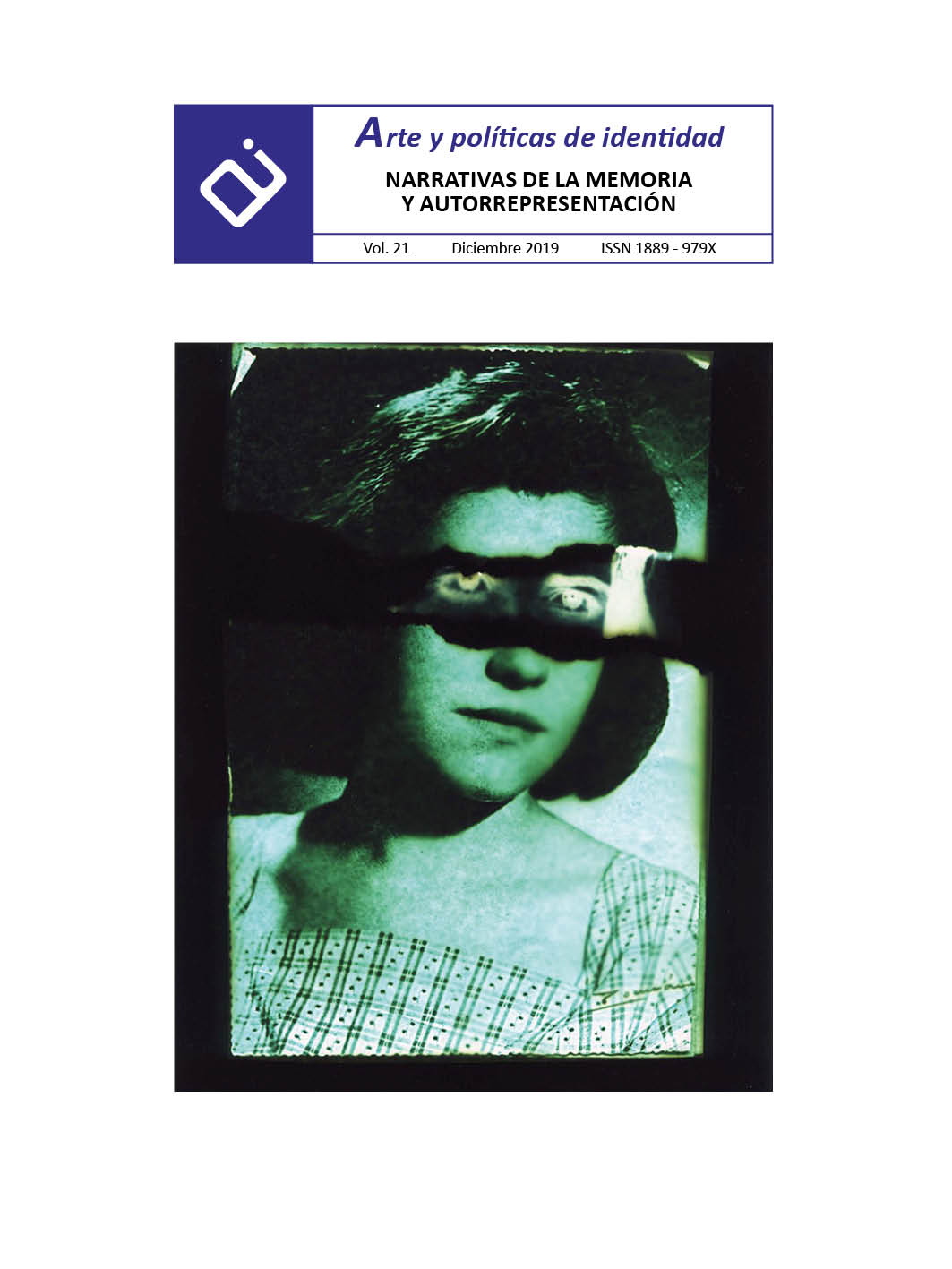Difficulties in the record and transmission of a fugaz art.
Abstract
Since the second half of 20th century, artistic interventions have become independent of the jaded and constant aesthetic, mimetic and mathematical components. The impossibility of guarding the work as an object demands new mechanisms that register an art as changing as it is capricious. With the advances in technology, digital photography and innovations in the field of art, artists will begin to record their interventions, using cameras and small recordings to immortalize their works. We dedicate this research to work through a representation of emerging authors, difficulties in the registration of artistic works characterized by their intangibility.
The challenge is served, any person or entity linked to the artistic, faces the difficult task of registering to preserve the immortality of the artistic event. These innovative and fleeting categories implicitly involve the participatory condition of the viewer, space as a continent and content of the work, time, extinction of materials, action, displacement, loss of the uniqueness of art, as well as its accelerated dematerialization Conditions and aspects that make art an “art-event”, predisposed by the space-time condition to its expiration, modification or disappearance.
Downloads
-
Abstract478
-
PDF (Español (España))518
References
Alcolea, M. (2014, 19 de noviembre). C’Mon Murcia. Recuperado de C’Mon Murcia.com: https://cmonmurcia.com/111-hablamos-con-galeria-leucade-como-ver-una-exposicion-sin-verla/
Augé, M. (1998). Las formas del olvido. Barcelona: Gedisa.
Benjamin, W. (2017). La obra de arte en la época de la reproductividad mecánica. Madrid: Casimiro.
Blesa, A. B. (2019). Bestiarorum Curriculum. Meditaciones acerca del acontecimiento (en la academia). Salamanca: Amarante.
Gilman, J. (2011). La toma de decisiones en la conservación en obras de arte efímeras con alimentos. En A. Castilla, Arte contemporáneo en sala de guardia. Madrid: Teseo.
Kandinsky, V. (2017). De lo espiritual en el arte. Barcelona: Paidós Estética.
Cilleruelo, L. y Crego, J. (2002) Algunas cuestiones sobre arte y tecnología. Catálogo del festival música Ex Machina, MEM Codex. disponible en: http://www.pent.org.ar/debates/especial/arte.pdf
Foster, H. (2001). El retorno de lo real: La vanguardia a finales de siglo. Madrid: Akal.
Guasch, A. M. (2016). El arte último del siglo xx. Del posminimalismo a lo multicultural. Madrid: Alianza Forma.
Castro Jorquera, C. (2014). Richard Long: Mi trabajo es sobre las ideas de libertad. Hago arte casi de la nada. Artishock. Recuperado de http://artishockrevista.com/2014/08/18/richard-long-trabajo-las-ideas-libertad-hago-arte-casi-la-nada/
Laird, M. (2012). En busca de la eternidad. Para salvar el arte contemporáneo de la autodestrucción. Swissinfo. Recuperado de https://www.swissinfo.ch/spa/cultura/en-busca-de-eternidad_para-salvar-el-arte-contempor%C3%A1neo-de-la-autodestrucci%C3%B3n/34574360
Llamas, I. (s.f.). Ignacio Llamas. Recuperado de www.ignaciollamas.es: http://www.ignaciollamas.es/Espanol/intro-espanol.html
Maslow, A. (1973). El hombre autorrealizado: hacia una psicologia del ser. Barcelona: Kairós.
Spinoza, B. (2018). Ética: demostrada según orden geómetrico. Madrid: Alianza Editorial.
Tostói, L. N. (2007). ¿Qué es el arte? Navarra: Eunsa.
Works published in this journal are subject to the following terms:
- The Service of Publications from the University of Murcia (publishing house) keeps the published works’ copyrights, and favors and allows the reuse of these works under the license indicated in point 2.
- Works are published in the journal’s online edition under the license Creative Commons Reconocimiento-NoComercial-SinObraDerivada 3.0 España(texto legal). They can be copied, used, disseminated, transmitted and publicly exhibited, as long as: i) the author and original source of publication are cited (journal, publishing house and work’s URL); ii) they are not used for commercial purposes; iii) the existence and specifications of this license are mentioned.
3. Conditions for auto-file. It is allowed and encouraged that authors share electronically their pre-print version (the pre-reviewed version) and /or post-print version (the reviewed and accepted version) of their Works before the publication, since it promotes its circulation and dissemination. RoMEO color: green.










